Fed Presidents Thomas Barkin of Richmond and Raphael Bostic of Atlanta shared their perspectives during an event hosted by the Richmond Fed.
Barkin didn’t provide any conclusive hints about the June meeting, stating, “I’m not going to prejudge June. I’d like to be convinced of that and I’m still looking to be convinced of that.”
Bostic emphasized the lag effect of the policy, adding, “Our policy works with a lag. And we’re just at the very beginning of this time when that lag is starting to play out and you’re starting to see tightness emerge. Right now, absent a big change, I think I will be comfortable saying let’s just look and see how things play out.”
Separately, San Francisco Fed President Mary Daly shared a similar sentiment of cautious observation, saying, “I really think, at this point in our tightening cycle, it is prudent to resist the temptation to say what we are going to do for the rest of the year.”
The collective view indicates an element of uncertainty and data-dependency in Fed’s next moves.




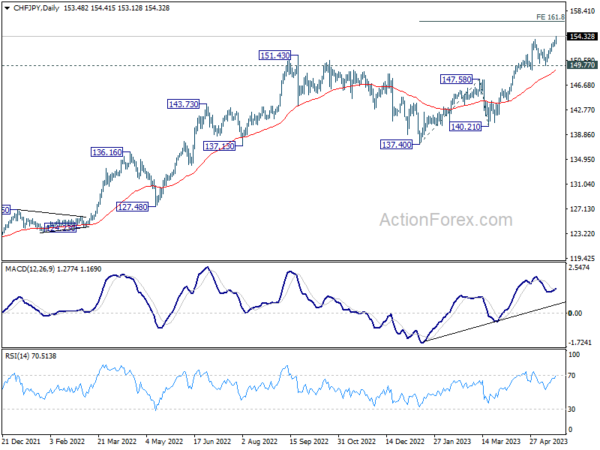
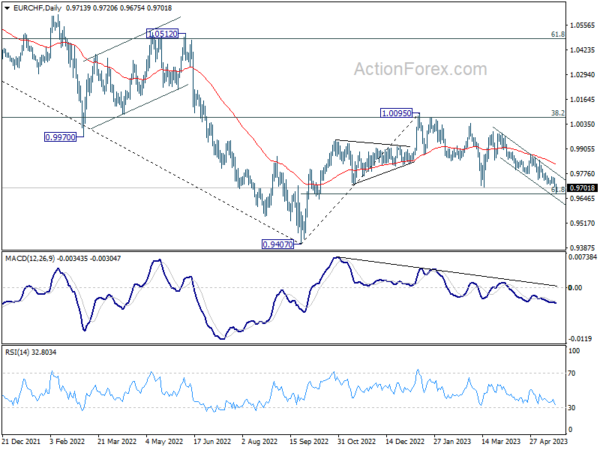
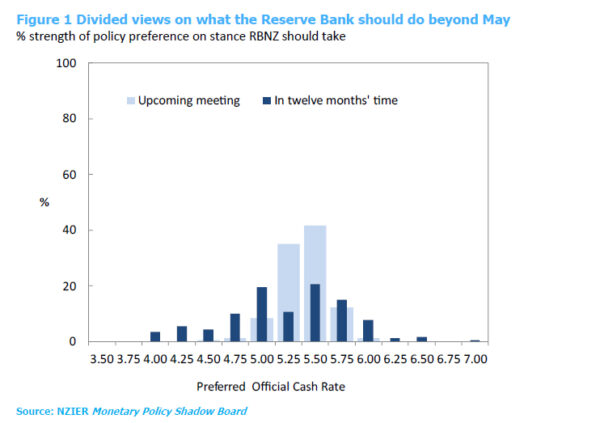
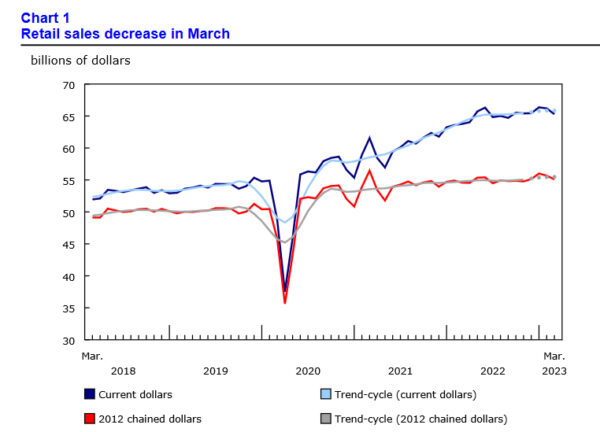
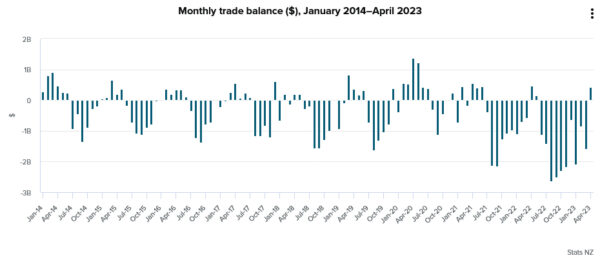
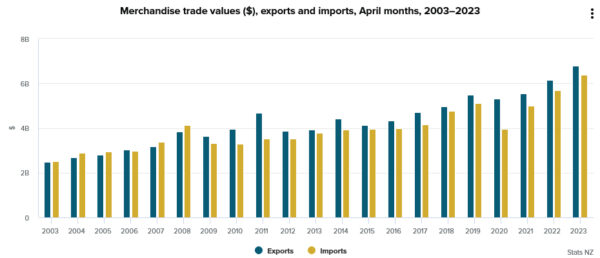
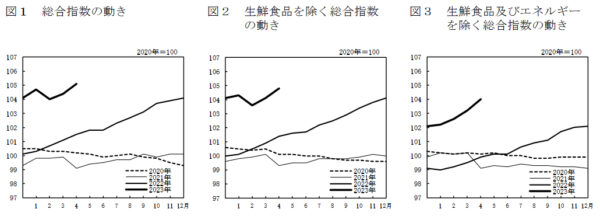
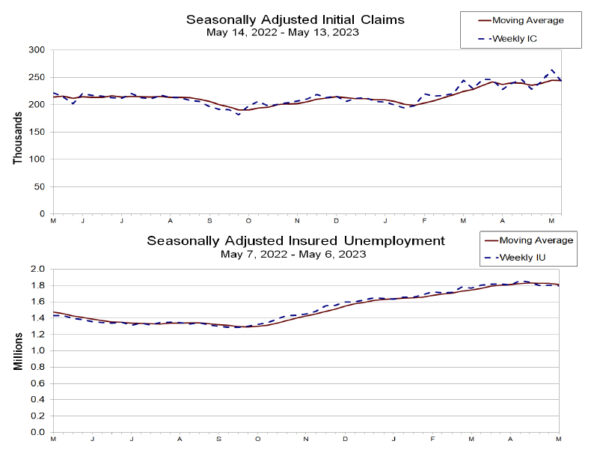
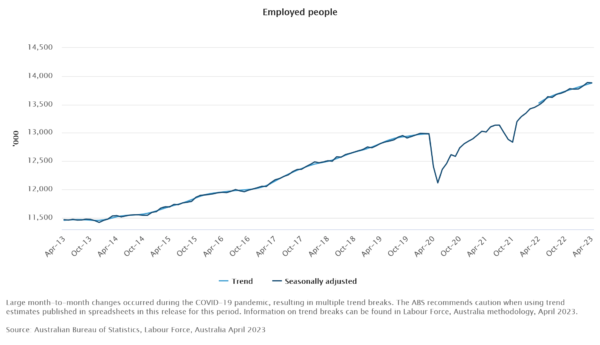
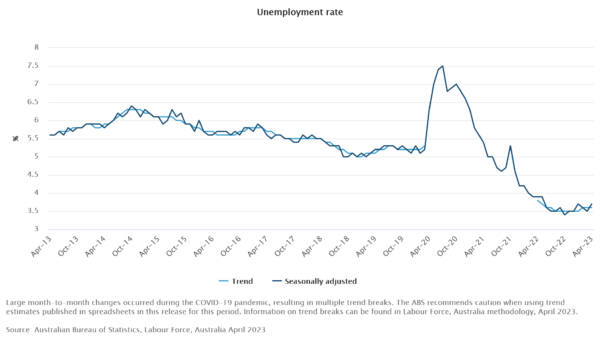

ECB’s De Cos: Monetary tightening process well advanced but still have some way to go
During an event in Barcelona yesterday, ECB Governing Council Pablo Hernandez de Cos, said, “The process of monetary tightening is already well advanced, although, with the information currently available to us, we still have some way to go.”
He further explained, “We also anticipate that interest rates will have to remain in restrictive territory for a long time to reach our target in a sustained manner.”
Acknowledging the potential impact of this strategy on economic activity, de Cos pointed out, “The tightening process is having and will have short-term costs in terms of lower economic activity.”
However, he underscored the necessity of this process in maintaining price stability, which he deemed crucial for promoting long-term economic growth.
“Keeping price stability is the main contribution that the central bank can make to ensure economic growth solid long term,” he concluded.